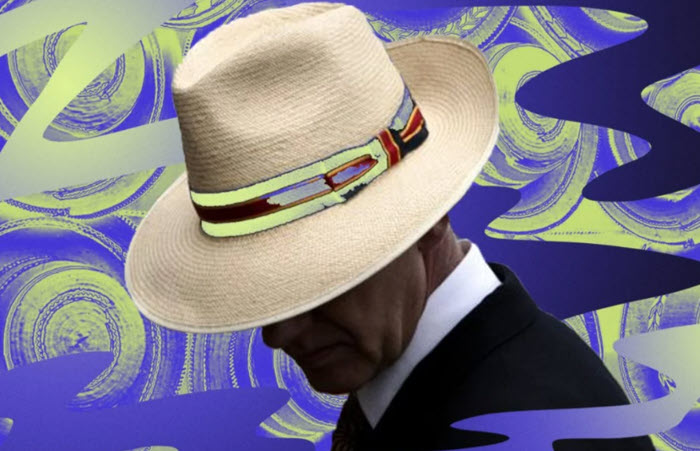Unless you’re a British royal who attends lots of weddings or horse races, you were probably unaware that (Jan. 15) is National Hat Day. In recognition of all the hats made in Latin America, including the chullo from Peru and Bolivia and sombrero from Mexico, we’re looking at a hat that is considered one of the most culturally significant products in the world.
The Panama hat, which is actually made in Ecuador, is a brimmed straw hat handwoven from the leaves of the toquilla palm. In 2012, the United Nations Educational, Scientific and Cultural Organization (UNESCO) added the Panama hat to its list of “Intangible Cultural Heritage,” to help make the world aware of its cultural significance and how skilled the Ecuadorian artisans that make these hats must be to create them.
Referred throughout Central and South America as “Jipijapa” or “Toquilla,” Panama hats have been around for centuries. Unfortunately, because of the amount of labor that goes into making them (it takes a hat maker an entire day to make one hat, which sells for about $5), the specialized skill is becoming a lost artform in Ecuador. According to a recent report by Business Insider from the small village of Puzhio, Ecuador, weavers are abandoning the craft and leaving the country to find more lucrative work.
“The same pair of hands weave the whole hat,” Angelita Espinoza, a member of the Weaver’s Association of Puzhio, says in the video. “Sometimes the hands hurt, the waist, the back.”
Espinoza says in the past, her parents and grandparents were able to pay the bills with the money made by weaving and farming. Today, however, that same way of life is not something that younger generations are choosing as careers.
“Teenagers don’t want a life like ours because it is a simpler life and so they leave,” Espinoza says. “I wish our young people loved what we love, the art of weaving, but currently we are struggling.”
Stay Safe!!
